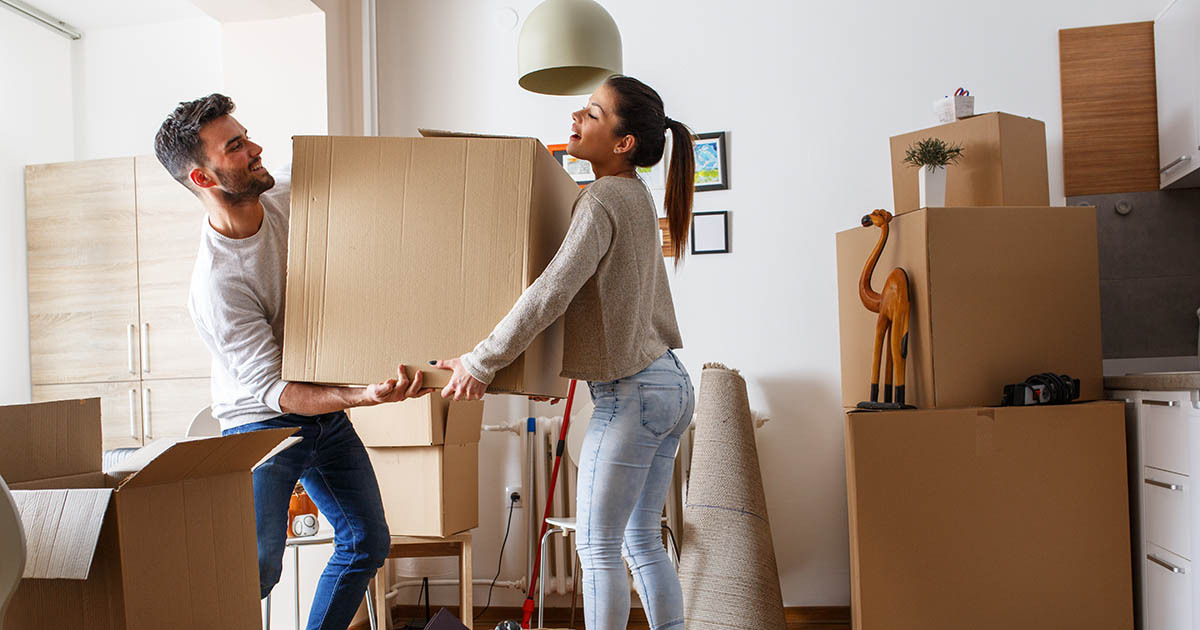Moving can be stressful, especially if your goal is to get into the new house as quickly as possible. However, moving house in Brisbane does not have to be a stressful experience, whether you’re moving interstate or up the street.
These 10 tips will make moving home easier and less stressful.
1. Do a spring clean-out
It can be difficult to know where to begin when moving. The less you have to pack and the less space you will need, the easier it will be for you.
Get rid of everything that you no longer use. Old clothes, beddings, ornaments and furniture, even plants, or things that you haven’t touched in years, can be thrown out. Throwing out old and unused items will help you to start fresh and make your move easier.
2. Dismantle furniture
Dismantle furniture and items that are easy to disassemble, but which you will not need in the run-up to your move. It will also create more space and be easier to transport.
Place any removable parts, such as screws and bolts, from the dismantled pieces of furniture into a transparent plastic bag or container. Tape or secure the bag securely to large pieces of furniture.
3. Space is limited.
Use vacuum seal bags for things like clothing you don’t wear often, sheets, towels etc. Use vacuum seal bags to pack things such as clothing, sheets and towels that you don’t use often.
Pack as much as you can into baskets, suitcases, and laundry bins. Avoid packing valuable items in them or any furniture, such as cupboards and drawers, where they could be damaged or lost.
4. Pack dishes upright
It is difficult and delicate to pack kitchen utensils. Use cloths, paper towels or other materials to separate objects such as plates and bowls so that they do not break or chip. Avoid using newspaper, as it can dirty and stain the dishes.
5. Take pictures
Take photos of your furniture before dismantling it. This will help you remember the layout. You will get a better idea on how to put your furniture back together.
Take photos of the electronics and chords you use to remember what they are.
6. Weight distribution
You might think that you are using common sense when you pack your boxes, but you could be disappointed. Put heavier items at the bottom of the box and lighter ones on top. It is easier to move and carry heavier items in larger boxes than lighter items.
7. Label and List
Label moving boxes with their contents. This will be helpful in the future when you are looking for an item. As a backup, it is also useful to create a separate list of box numbers and contents.
8. Room by room
Keep all your boxes together for each room. Last, pack the room that is most frequently used. This could be your bedroom or kitchen.
9. Take a look at your first night
If you don’t hire a removalist, you may feel exhausted after your move. Make sure you have everything at your fingertips to help you settle in to your new home the first night. Consider packing a ‘first-night box’ for each family member, containing clothes, toiletries, bed linen and towels.
10. Move safely
Avoid packing dangerous items such as explosives, flammables, toxic, oxidising, or water-reactive products. This includes items like LPG bottles and mower oil. Pack sharp objects with care and ensure they don’t poke out of the box. All boxes should be able be taped securely.
Being organised and prepared can help you to reduce the stress of moving house. This will allow you to focus on your new home.
